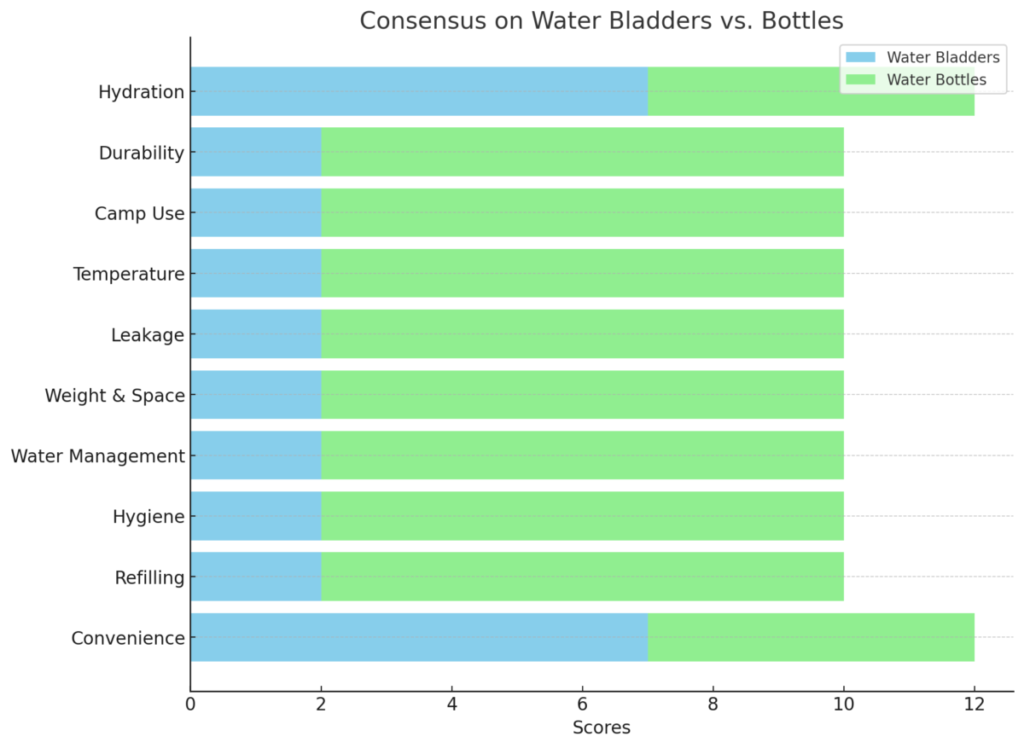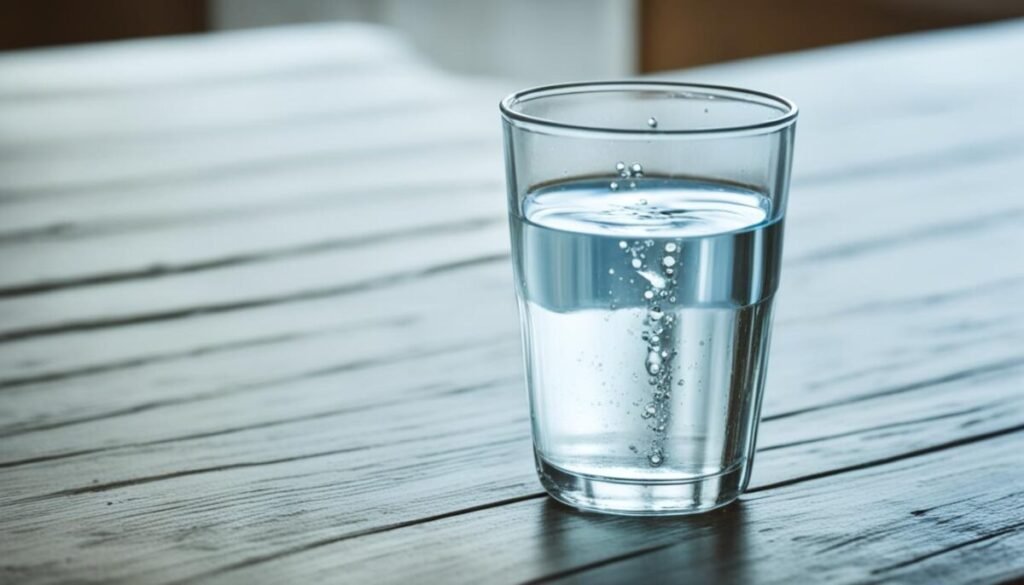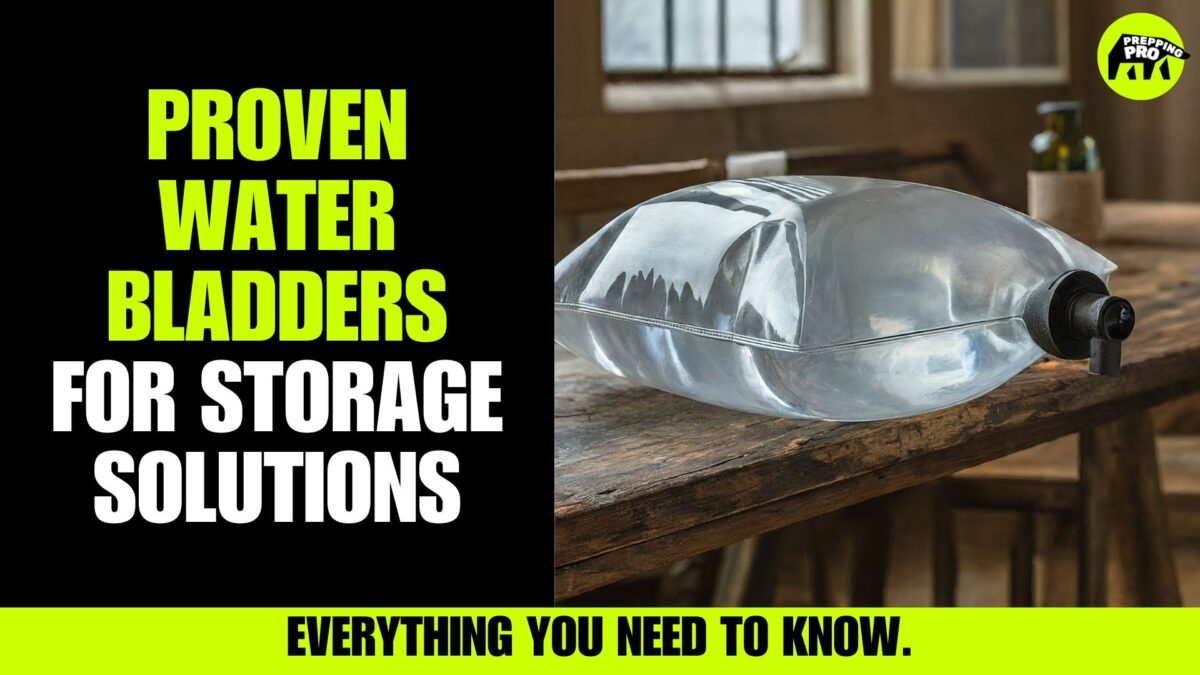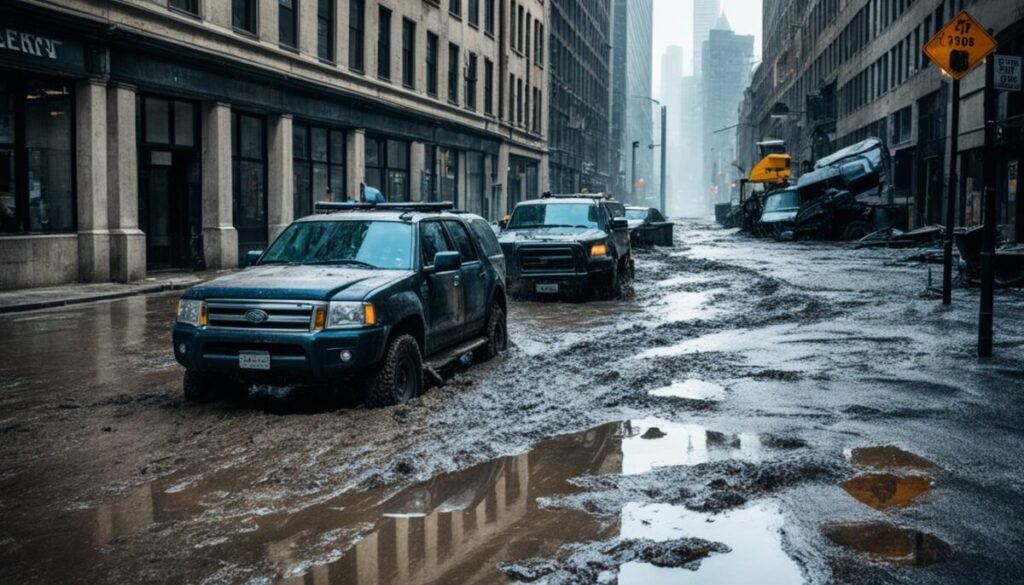“When the well’s dry, we know the worth of water.” – Benjamin Franklin
In this article we will unpack water bladders for storage and the best options for highly compact, easily transportable design for emergency use.
- Water Bladders vs. Bottles: Water bladders are favored for their convenience in continuous hydration for bulk water storage, while bottles are preferred for ease of refilling, cleanliness, and practicality. Bladders face challenges in maintenance and visibility of remaining water.
- Portable and Safe: Water bladders meet FDA and NSF standards, making them a reliable option for safe consumption and emergency water storage.
- Reddit Insights: The prepper community on Reddit leans towards bottles for their simplicity and reliability, with some acknowledging situations where bladders offer convenience.
- Custom Solutions: Water bladders are adaptable for preppers and survival scenarios, providing compact and flexible water storage solutions.
- Emergency Preparedness: Incorporating water bladders into emergency kits ensures access to safe drinking water during disasters.
- Practical Recommendations: For long hikes or survival situations, bottles are generally recommended over bladders for their versatility and maintenance ease. However, innovations like quick connects or inline filters can enhance bladders’ usability.
Table of Contents
Reddit Weighs In: Bottles vs. Water Bladders Case Study
As a prepping blogger, I’ve dug into a recent Reddit thread about water bladders vs. bottles for hikers.
Here’s what stands out:
Water bladders have their fans, but there’s a big but…
Here is a full case study.
Introduction
Overview
This case study delves into the practical insights and preferences expressed by hikers into the choice between water bladders and bottles for hydration on the trail.
Objective
This analysis aims to highlight the pros and cons of each hydration method, offering readers valuable insights into making informed gear choices for their adventures.
Background Information
Context
A recent Reddit thread sparked an engaging discussion on the merits and drawbacks of water bladders versus bottles, capturing the attention of the hiking community.

Community Profile
The subreddit, a hub for outdoor enthusiasts, brought together a diverse group of hikers, from casual weekenders to seasoned thru-hikers, to share their experiences and opinions on hydration solutions.
Analysis of Discussion
Key Points
The debate underscored a strong preference for bottles, citing their ease of refilling, cleanliness, and practicality.
Conversely, bladders were noted for their convenience in continuous hydration but criticized for maintenance and refilling challenges.
Data Visualization

Insights
The discussion revealed a collective move towards efficiency and practicality in hiking gear, with a significant lean towards bottles for their simplicity and dependability in various hiking scenarios.
Personal Stories or Quotes
Contributor Highlights
Participants shared firsthand experiences, like the hassle of refilling bladders and the ease of cleaning bottles, offering a real-world glimpse into the hydration dilemma on the trails.
I just found it hard to determine how much water you had left with a bladder.
Kellymcdonald78
Differing Views
While the consensus leaned towards bottles, there was acknowledgment of the situations where bladders could offer convenience.
It showed the complexity of the issue and encouraging readers to weigh their options based on specific needs.
I was die-hard water bladder person until I wasn’t anymore… it’s easier to fill a rigid smartwater bottle and it’s something that can be stored on the outside of my pack for easy access.
missrustbucket
Practical Applications
Recommendations

Drawing from the thread’s discussions, the recommendation leans towards using bottles for their versatility and ease of maintenance, particularly on longer hikes.

For bladder enthusiasts, suggestions include adopting innovations like quick connects or inline filters to address some of their inherent drawbacks, enhancing their usability on the trail.
Quick Connect System Hack for Bladders: Some hikers have upgraded their water bladders with a quick connect system in the hose. This allows for easy detachment of the hose near the pack’s top, enabling direct filtration from a water filter into the bladder without removing it from the backpack. This setup minimizes the hassle of refilling, addressing one of the main drawbacks of using a bladder. For those committed to their bladders, this hack can significantly streamline the refilling process on the trail.
Others shared about advantages bladders have in cold weather.
Tube Insulation Hack for Cold Weather: To combat the problem of water in the hose freezing during cold hikes, some users recommend insulating the bladder’s drinking tube. Using foam insulation or even a specially designed hose cover can keep the water in the tube from freezing, ensuring that you have access to your water supply even in freezing temperatures. This solution is a game-changer for winter hikers who rely on bladders but have struggled with frozen hoses on the trail.
Conclusion

Summary
This case study synthesizes the Reddit debate on water bladders versus bottles, highlighting a clear preference for bottles due to their practicality, reliability, and ease of use in the hiking context.
Reflection
Weight and space matter. Bladders are bulkier and heavier. Bottles? Lighter and you can stash them anywhere.
Leaks are the deal-breaker for many. A leaking bladder can soak your gear. A bottle?
If it leaks, you’ve only got a puddle to deal with.
Temperature control is another factor. Water in a bladder warms up against your back. In a bottle, it stays cooler longer.
In camp, bottles just make more sense. Cooking, mixing drinks, or just needing a sip, bottles are more versatile.
Some hikers have found workarounds for bladders, like quick connects or inline filters.
Still, these add-ons don’t sway the overall opinion.
The Consensus
Bottles are simpler, more reliable.
Here’s the bottom line: For long hikes, bottles trump bladders. They’re easier to manage, clean, and keep track of your water intake.
| Feature | Water Bladders | Water Bottles |
|---|---|---|
| Convenience | Easy to drink from while on the move. | Must stop to drink, but easy to access and use. |
| Refilling | Difficult to refill; often requires unpacking. | Easy to refill without unpacking anything. |
| Hygiene | Hard to clean and dry on the trail. | Easy to clean or replace. |
| Water Management | Hard to gauge how much water is left. | Easy to see water levels. |
| Weight & Space | Generally heavier and takes up more space inside the pack. | Lighter and can be externally attached to save space. |
| Leakage | Prone to leaks, which can wet gear. | If leaks occur, they’re less likely to affect gear. |
| Temperature | Water can warm up from body heat. | Stays cooler, especially if stored externally. |
| Camp Use | Not as convenient for camp tasks like cooking. | More versatile for camp use. |
| Durability | Issues with durability, such as hose or reservoir leaks. | Generally more durable and less prone to failure. |
| Hydration | Continuous hydration without stopping. | Requires stopping for hydration, potentially leading to less intake. |
| Collapsible Water Tank Features | Benefits |
|---|---|
| Durability | Long-term water storage |
| Portability & Flexibility | Easy transportation & setup in remote locations |
| Efficient Set-Up | Rapid deployment & access to water while on the move |
In conclusion, as part of an effective survival preparedness plan, having a secure water storage solution is crucial.
A collapsible water tank, with its durability, flexibility, and efficient setup, proves to be an ideal choice for both individuals and communities alike in emergency prep situations.
Conclusion
In wrapping up, it’s clear that emergency water storage doesn’t have to be a cumbersome task.
With flexible water storage solutions like collapsible water tanks and water bladders, preparedness is not only feasible but also practical.
These innovative solutions offer the dual benefits of safe water storage and ease of use, making them indispensable in both short-term and long-term survival scenarios.
Whether you’re a hiker evaluating your hydration options or a prepper strategizing for unforeseen circumstances, the insights shared in this article underscore the importance of selecting water storage options that align with your needs.
While bottles may hold the upper hand in terms of cleanliness, ease of refilling, and practicality for individual use on the trails, collapsible water tanks and bladders offer unmatched advantages for emergency water storage. Their flexible water storage solutions cater to a variety of scenarios, from quick deployments in remote locations to fulfilling the critical need for safe water storage in disaster-stricken areas.
As Benjamin Franklin wisely pointed out, the value of water becomes paramount when scarcity looms.
Thus, embracing flexible water storage solutions not only ensures preparedness but also fortifies resilience in the face of adversity.
Remember, the right preparation today can prevent the crisis of tomorrow. Whether for personal hydration needs on the trail or securing a community’s water supply in emergencies, the discussed storage options stand out as reliable, versatile, and indispensable assets in ensuring access to clean, safe water.
FAQ
What are the benefits of using water bladders for storage?
Why should preppers consider water bladders for storage?
Can water bladders for storage be customized?
How versatile are these portable water storage bladders?
How safe and durable are these water bladders?
How have water bladders evolved with technology advancements?
How can I choose the right water bladder for my needs?
✓ Safety First: Learn to shield your loved ones effectively.
✓ Essential Preparedness Comprehensive checklists tailored for you.
✓ Take Command: Build resilience and confidence for any scenario.



